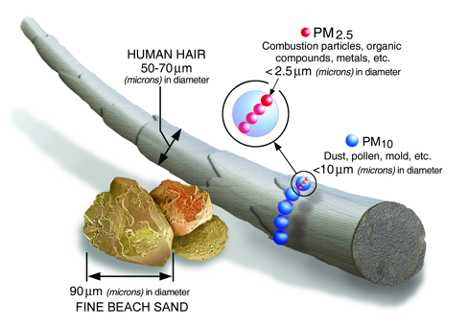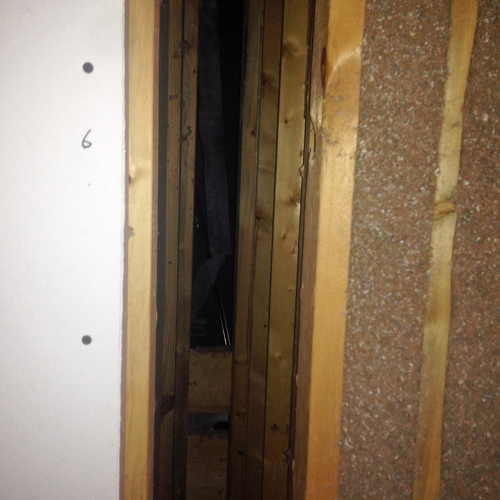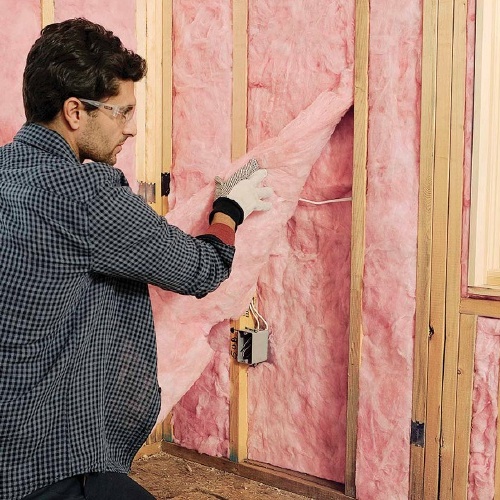It’s been quite a while since my last post. The good news is that the recession is over and business is good, leaving me little time to write these days. The bad news is that there is so much work going on, which, combined with a shortage of skilled labor, ends up with large knowledge and communication gaps that create problems in the field.
This is not to say that we don’t see progress. To the contrary, the quality of work is consistently improving, and we are seeing more and more buy-in from project teams. However, being an impatient person by nature, I am frustrated from seeing some of the same problems in the field over and over again.
Is anyone paying attention?
On all new multifamily projects, one of the first tasks we undertake is to review the architectural plans to identify potential building envelope problems. We look for chases, soffits, cantilevers, and other areas that present challenges in the field. We send marked-up drawings (thank you, Adobe, for your PDF markup tools) to the project team with our suggestions.
Unfortunately, it seems that most of the time, these drawings are not shared with the right people, leaving the field supers and installers to figure things out by themselves. We do our best to walk through projects with insulators after framing to go over the details and make sure they are on track to get their work right the first time. Too often, however, training and supervision of the installers is inconsistent, leaving us to troubleshoot installations, find the mistakes, and either watch the corrections or return for a follow-up inspection.
Once we had a particularly bad experience with the batt insulation on a project. We had worked with the insulation contractor on several other projects and they generally did good work. On this project, however, the installers were not properly trained and the supervision wasn’t adequate. We spent hours showing them how to insulate properly. When I asked the supervisor why they were having so much trouble getting it right, his response was, “all our good guys are on your other jobs.”
They had obviously taken on more work than they were capable of performing, using any available body to show up on site.
Where is the quality control?
On both single-family and multifamily projects, we increasingly find ourselves providing quality control work that really should be the responsibility of the subcontractors and field superintendents. Due to a combination of the contactors’ lack of time and understanding, we end up being the enforcer in the field.
Insulation and air sealing contractors do not properly supervise their staff, nor do they inspect completed work. Most superintendents do not inspect work either, relying on their subcontractors to tell them that they are finished.
We are then called to inspect, and typically we find a significant amount of deficient work. While we don’t expect perfection, it would be refreshing to only find a few minor items to be corrected instead of the majority of a project needing changes.
We have recently begun using a tablet-based field report tool that allows us to create and send detailed reports with photos, sketches, and notes in PDF format immediately after our inspections, directly from the job site. One project superintendent prints our reports and hands them to his subcontractors to make corrections. The process works so well for him that he is happy to pay us re-inspection fees to save the time of the work that (in my opinion) is part of his job.
One single-family contractor recently told me that he doesn’t bother to inspect any of the insulation or HVAC work on his jobs because he doesn’t want to miss anything. He figures if he tells the installer to fix a few things and I find others, he doesn’t want to call them back twice.
It’s fine that they appreciate my expertise, it sure would be nice if things were done right the first time.
There is some hope
To be fair, we have several clients who understand what we are looking for and do a good job making sure that work is correct when we arrive on site. Those projects usually have a few minor items to be corrected, allowing them to move to the next phase without any re-inspection delays.
These clients are generally easy to work with and rarely complain if they need to make corrections. The ones who leave all the quality control to us are often the ones who complain the loudest about corrections we require them to make before they can cover up. It’s probably time to start charging those clients a bit more for the aggravation.
Weekly Newsletter
Get building science and energy efficiency advice, plus special offers, in your inbox.
















7 Comments
Full stop
Construction business is in the massive new bubble, trades are making a killing without consequences or care about shoddy work, and they have work lined up. Residential (especially in Northeast) is like oil boom in the Montanas. You want to see what industry will look like in couple years, see what is going on there.
In residential, at least, only those who cared about work quality more than just raking in while the gettin' is good, will have work. Rest will be pushed out, just like in the last bubble.
@Apollo
In the SE the word is that there's a shortage of framers and tract builders are trying to preserve something like $55/sqft as their cost basis.
your role, and that app
I couldn't tell from the article what your role on the project is. My frustrating experience, often, is, as an architect, taking the time to draw wall assemblies and details and developers/contractors 'building how they always build'.
By the way, what field reporting app do you use?
ET
Exactly. What you are left with is that if in the future anything does go wrong, you are covered by your drawings, and if you are lucky some site reports describing the deviations from them. That's cold comfort for everybody involved.
Response to E.T. (Comment #3)
E.T.,
Q. "I couldn't tell from the article what your (Carl's) role on the project is."
A. Carl Seville is a consultant who provides verification services for multifamily projects seeking green certification. For more of Carl's tales from the field, see these two articles:
Stupid Multifamily Construction Tricks
Multifamily Green Building Certification Still Has Issues
Future of construction
I agree that there is a bubble in construction, we've seen them before and the industry will heat up and cool down on inevitable cycles. We are seeing some interest in higher quality construction - some clients get it and work hard to do things right. Others resist consistently, and while it is frustrating, I understand why they do so - most projects are awarded based on competitive bids, with more bids from subcontractors. Owners push responsibility to the contractors, who in turn push it to their subs. If the owner chooses to enforce quality carefully, their relationship with the contractor can suffer, and there are often changes and back charges to include work that was not specified clearly in the plans. The same relationship existing between contractors and subs - disagreements on scope and change orders when appropriate. If we could only get out of the low bid mindset and have a team approach to high quality work.
On the spec home side, few home buyers are interested or know enough to request high performance construction. Certification is the best option we have at this point to help assure someone that a building is done properly, and it is a very inconsistent and varied option.
My solace lies in the fact that the slow progress in high performance construction equates to job security for many years to come.
Track Outcomes...
Carl, there's hope.
A builder client in Ohio is just completing a 4500 sf custom home he wanted to raise the bar on. We helped him with duct design, equipment specifications, and enclosure advice.
His HVAC contractors wanted 2 units: 80k up and 100k down. We told him one 60k unit would do it with a very reachable 3000 cfm50 target. Being his first time, settling on 80k was very nerve wracking for him.
He and the client can't believe how comfortable and "consistent" the house feels. We will be tracking consumption so he can publish his performance.
Next he wants to figure out how he can raise the bar on his spec homes. We'll be working on that project this summer.
By tracking actual performance of his homes he'll not only differentiate himself but lead the way to creating a competitive metric based upon actual performance of his homes. Hopefully a couple case studies connecting real people's energy savings to comfort and control will make for a really powerful marketing tool.
Log in or create an account to post a comment.
Sign up Log in